
OR
#Nepal-India Relations
Roti-Beti, Electricity, Connectivity, Security and Beyond
Published On: May 4, 2022 08:29 AM NPT By: Samar SJB Rana
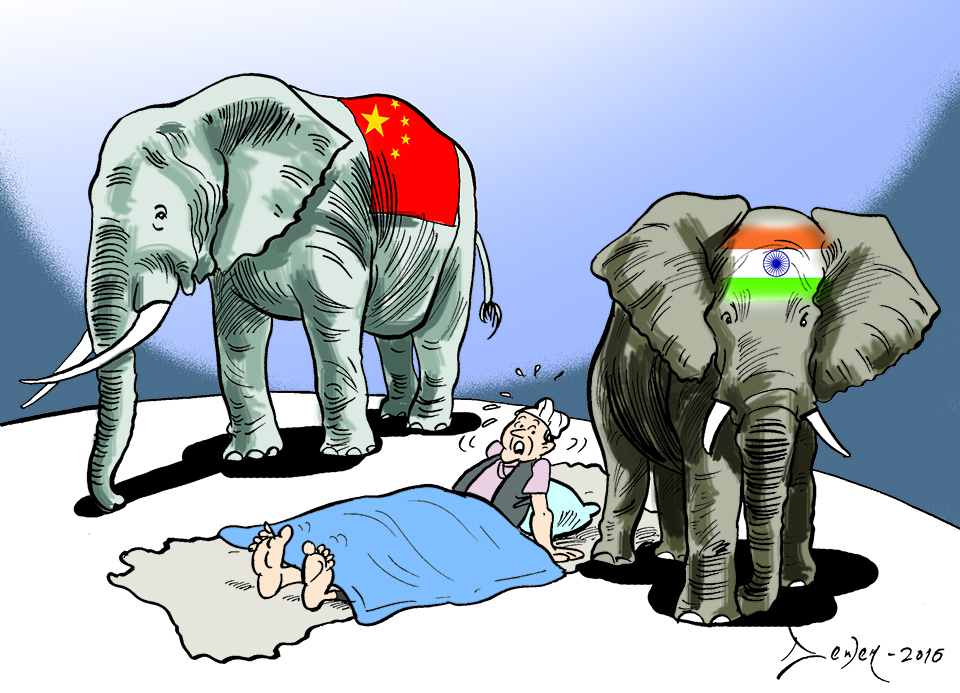
More from Author
For India, if it is insecure about losing its foothold in South-Asia to China, then it is time to look beyond the Roti-Beti rhetoric and focus on its neighbours’ economic aspirations.
The wording of the title stems from a remark delivered by a Nepali foreign affairs journalist who lamented that Nepal-India relations are beyond Roti-Beti while moderating a session on Nepal’s foreign policy. The journalist accurately posited Nepal’s relations with Indiais also shaped by other facets like economic integration and connectivity. Anyone defining Nepal-India relations only under the context of Roti-Beti is making a blatant display of their lack of understanding of Nepal’s contemporary desires. On the other hand, if Nepal wants to attain any fruition through connectivity and electricity, it should also look internally at its policy making decisions.
The Roti-Beti Rista between Nepal and India has been the bedrock of this bilateral relations. Citizens of both Nepal and India’s borderlands not only have strong kinship but also depend on daily livelihood requirements across the border, alluding to the importance of cross-border movement. Furthermore, pilgrims of both countries travel to various parts of Nepal and India to offer their prayers at various holy temples and sacred locations. The recent visit to India by the Nepali delegation led by PM Sher Bahadur Deuba concluded their three-day diplomatic visit in Varanasi, demonstrating the deep religious and cultural ties. Interestingly, Minister of Energy, Water Resources and Integration Pampha Bhusal, a staunch communist also offered her obeisance at various holy shrines in Varanasi.
The recent three-day visit on 1-3 April,2022 went beyond just Roti-Beti ka Samband. Both countries highlighted the importance of connectivity (transmission lines, railways, air routes and digital connectivity) and development of physical infrastructures (integrated check post). As per the Ministry of External Affairs, Government of India’s document – four projects were launched, four documents were exchanged and the Joint Vision Statement on bilateral power sector cooperation was announced. These announcements, projects and signed documents bodes well for Nepal and India connectivity. Let us concisely breakdown what India and Nepal have done to facilitate and implement a few of these connectivity projects.
First, there is only one air route between India and Nepal that goes through Simara. During the visit, PM Deuba requested PM Modi to provide additional air routes for Nepal through Mahendranagar, Nepalgunj and Janakpur. Recently, the Gautam Buddha International Airport (GBIA) was operationalized in Nepal and PM Deuba requested his Indian counterpart for a near-border agreement for GBIA. It is the second international airport in Nepal after Tribhuvan International Airport (TIA) in Nepal. Currently, it is only catering to domestic traffic. Airlines from Oman, Qatar, Sri Lanka and Thailand have shown their proclivity to connect with GBIA, but Indian airlines have remained silent.
GBIA is to go international on 16 May, 2022 coinciding with Buddha Jayanti. If all goes smoothly then Jazeera Air from Kuwait will operate international flights from GBIA on the mentioned date. Due to the proximity of the GBIA to the birthplace of Gautam Buddha, the international flights will cater to the Buddhist pilgrims around the world. With the operationalization of GBIA, there is potential of attracting foreign pilgrims to Nepal from countries that have high Buddhist population. There are no direct flights to between Nepal and Myanmar, a Buddhist populated and a South Asian country. Air connectivity must be smoothened for foreign pilgrims for the new airport to reach its optimal potential.
The GBIA is only a few kilometers away from the Indian border and a few hours’ drive from the Gorakhpur Airport in India. The airport in Gorakhpur is a defense airport of India. With some presumable security concerns of India and proximity of the two airports in the backdrop, what security concerns of India must Nepal be cognizant to? A country report on terrorism released in December 2021 by the US Department of State has termed the security at TIA as ‘insufficient’.
Passengers traveling to India from Nepal go through an additional security check before boarding the flight. This provision was put in force after the IC 814 hijack in 1999. After 23 years, India remains insecure about the security at TIA. The same provision may be a pre-condition of India before India grants permission for a near-border agreement for GBIA. It would not be difficult to imagine that the security at the GBIA would be as lax, if not more, than TIA.
Furthermore, Indian air marshals travel in the flights between Nepal and India. A news report in 2018 suggested that the Indian air marshals in flights from India to Nepal had significantly increased. The Nepali government officials then seemed clueless about the matter. Such security matters are to be jointly discussed by the Ministry of Home Affairs, Nepal and concerned authorities in India.
Second, the 35 km long passenger railway service from Jaynagar in Bihar and Kurtha in Dhanusa district was launched by the two premiers. Two sets of trains were handed over to Nepal through Indian assistance in September 2020. As there is no particular law on railways in Nepal, the government had issued two ordinances in May and December 2021, only to see both the ordinances expire (ordinance expires within 60 days from the date of issue). A third ordinance on railways was introduced in March 2022. Requesting for a near-border operation in GBIA after the airport was operationalized and failure to pass the railway ordinances go to show Nepal’s piecemeal approach without long-term planning.
Third, on a positive note, Nepal for the first time in its history was allowed to export hydroelectricity to India. Nepal Electricity Authority (NEA) was given an approval by the India Energy Exchange Limited (IEX) last year in November to sell electricity from the 24MW Trishuli Hydropower Project and the 15MW Devighat Hydropower Project. This breakthrough moment was further bolstered when Nepal was allowed to sell an additional 325MW to India. The Joint Vision Statement has also slated to expand such energy cooperation through the BBIN framework.
Bangladesh has shown interest in buying electricity from Nepal and has issued a Letter of Intent to purchase electricity from Upper Karnali Hydro Power which is being developed by GMR. Private players in Nepal have expressed their keenness to buy and sell electricity with India. However, there is no provision to involve private players in electricity trading. An amendment bill regarding the same is pending in the National Assembly since July 2020.
The elephant in the room remains to be the Kalapani border issue. Rajnath Singh, Defence Minister of India virtually inaugurated the road passing through the disputed region of Kalapani, Limpiyadhura, and Lipulekh in May 2020. Consequently, Nepal erupted and sensing the mood of the Nepali netizens, the former PM KP Oli amended the constitution and incorporated the mentioned regions into Nepal’s official map. PM Deuba broached the difficult issue of the border during his visit. But it was Harshvardhan Shringla, foreign secretary of India who mentioned that the border issue was discussed briefly in the foreign secretaries special briefing of the visit.
Religious, cultural, and social ties between Nepal and India have always remained strong. During any track 1 or track 1.5 diplomatic visits between the two countries, there is always time for the visiting delegation to visit holy sites. While making these diplomatic cum religious sojourns, the connectivity and economic integration characteristics should be given more emphasis. Nepal must deal with its internal complications and enhance economic diplomacy with India while bearing in mind their security concerns. For India, if they are insecure about losing their foothold in South-Asia to China, then it is time to look beyond the Roti-Beti rhetoric and focus on its neighbours’ economic aspirations. However, the recent visit of the Nepali delegation augurs well for bilateral and regional integration.
Views of this commentary are personal
You May Like This
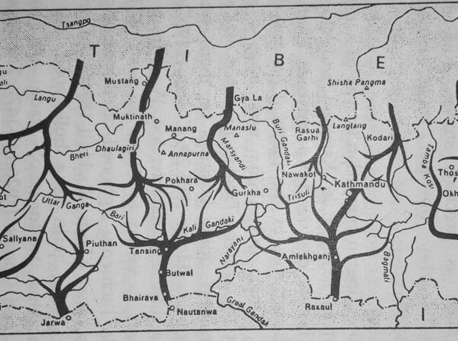
Where we failed on trade
Major trade routes Nepal struggles to open with China today were customary trade routes to travel and supply goods to Tibet... Read More...
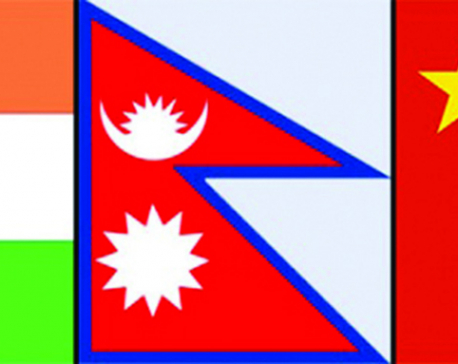
Nepal should hedge
How should Nepal respond to a changing security context and handle pressures from greater powers like India and China? ... Read More...
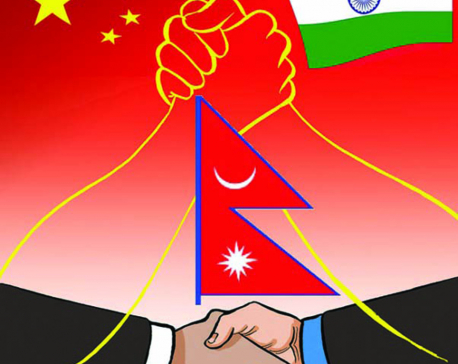
Between the giants
Sandwiched between India and China, Nepal needs to learn from past experiences of others and gather lessons in dealing with... Read More...




Just In
- NEPSE loses 3.24 points, while daily turnover inclines to Rs 2.36 billion
- Pak Embassy awards scholarships to 180 Nepali students
- President Paudel approves mobilization of army personnel for by-elections security
- Bhajang and Ilam by-elections: 69 polling stations classified as ‘highly sensitive’
- Karnali CM Kandel secures vote of confidence
- National Youth Scientists Conference to be organized in Surkhet
- Rautahat traders call for extended night market hours amid summer heat
- Resignation of JSP minister rejected in Lumbini province













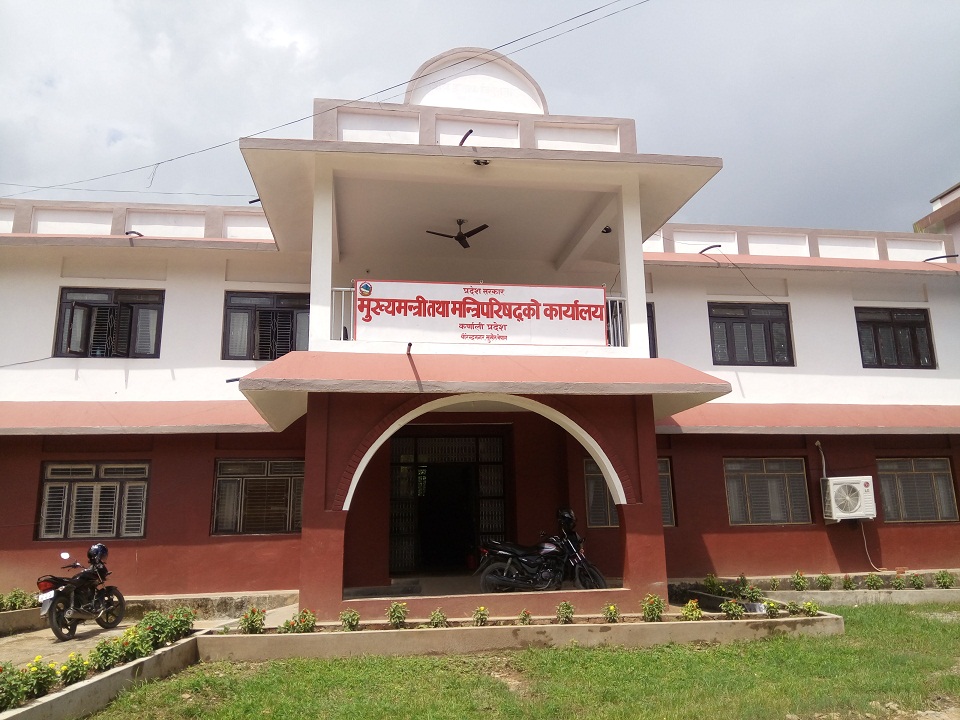

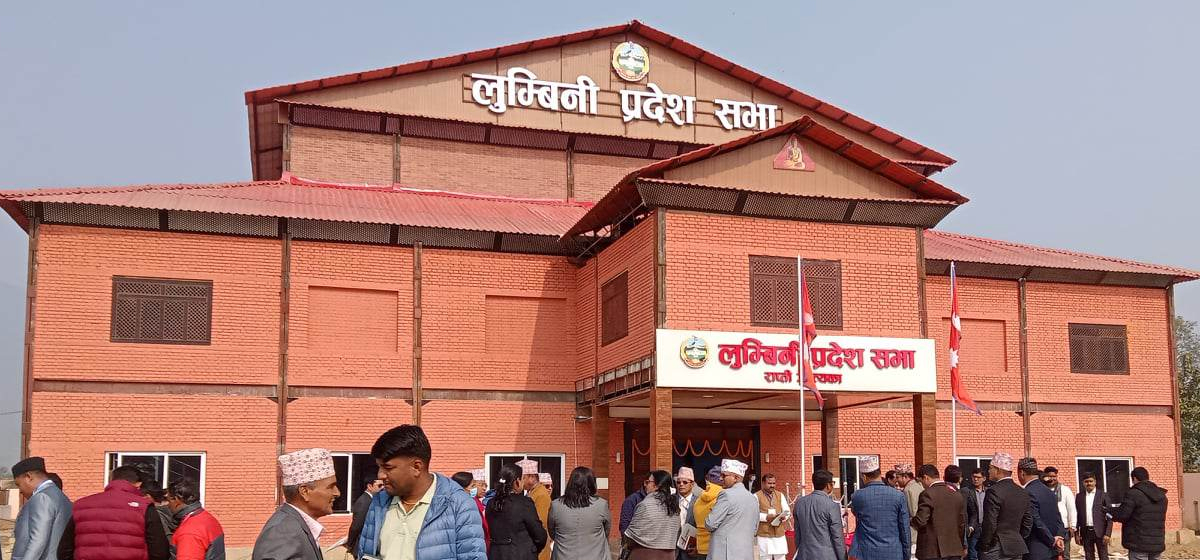
Leave A Comment